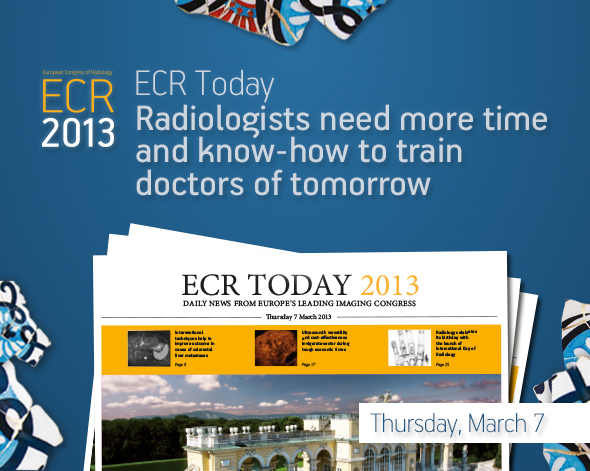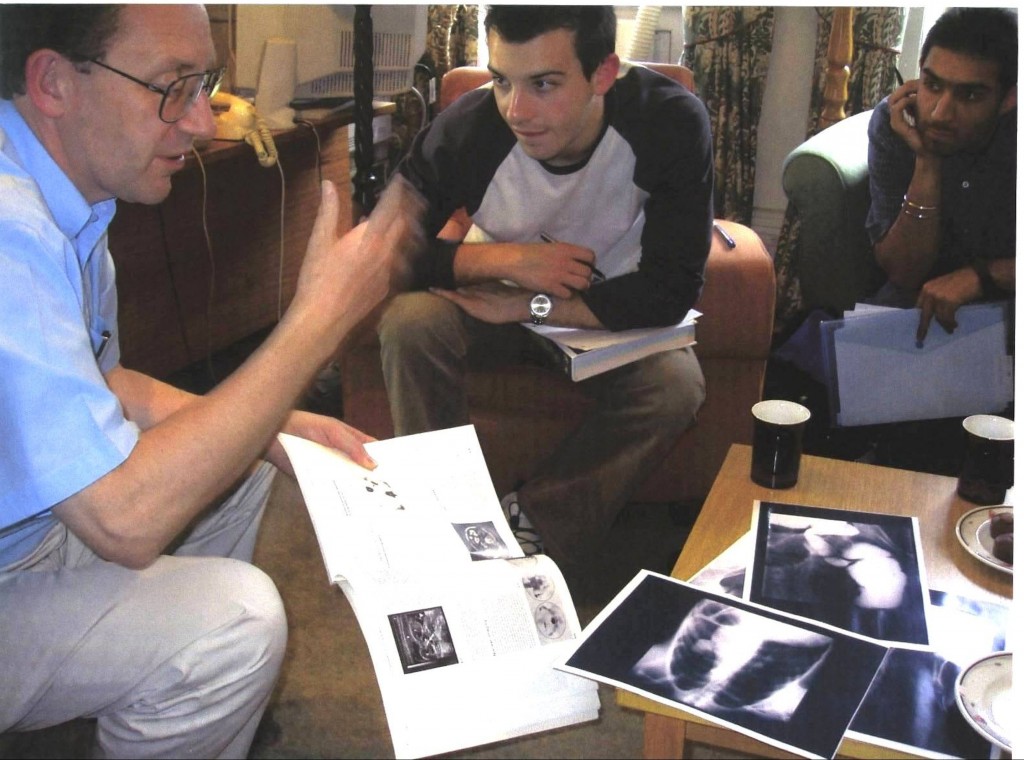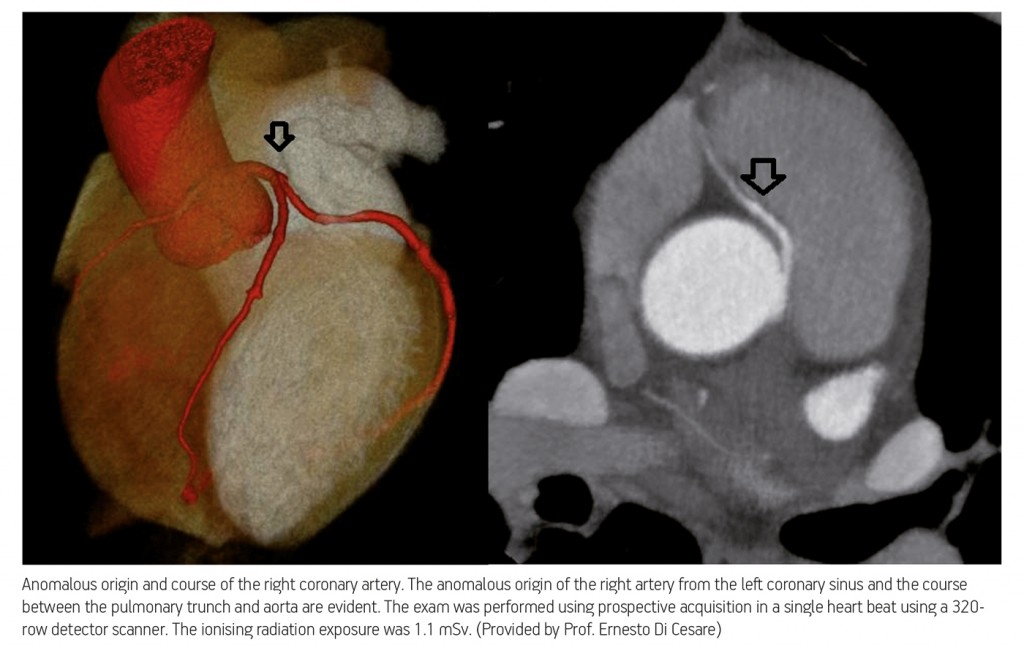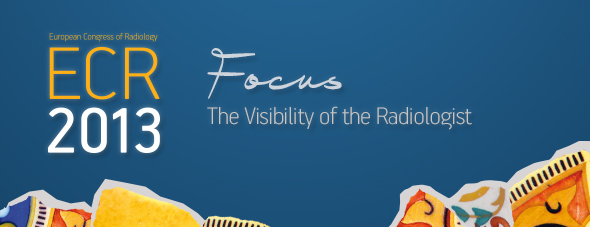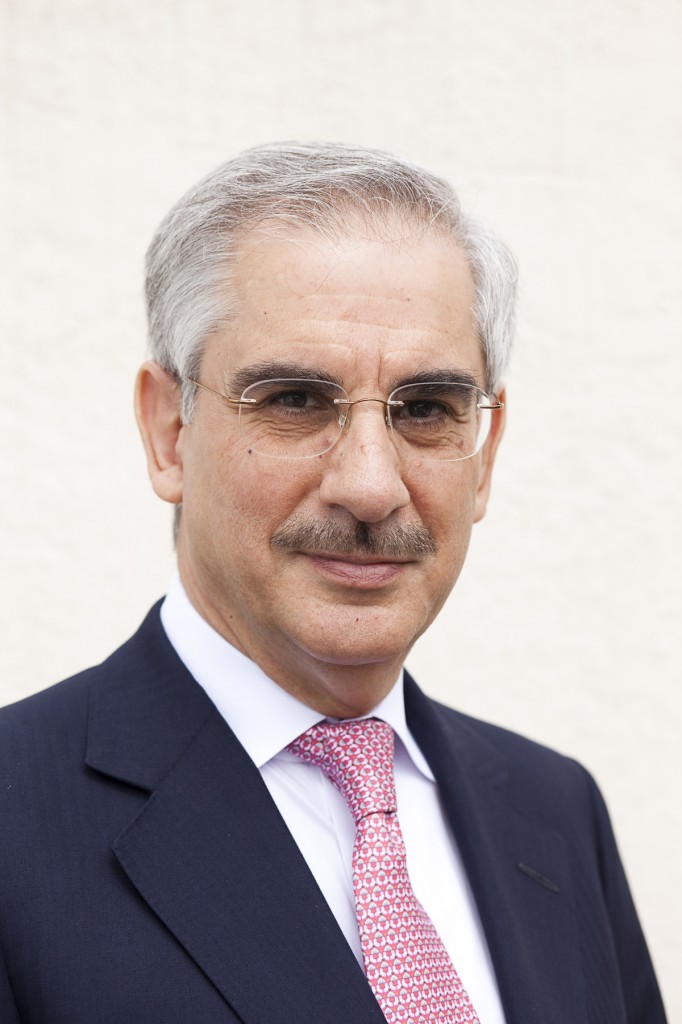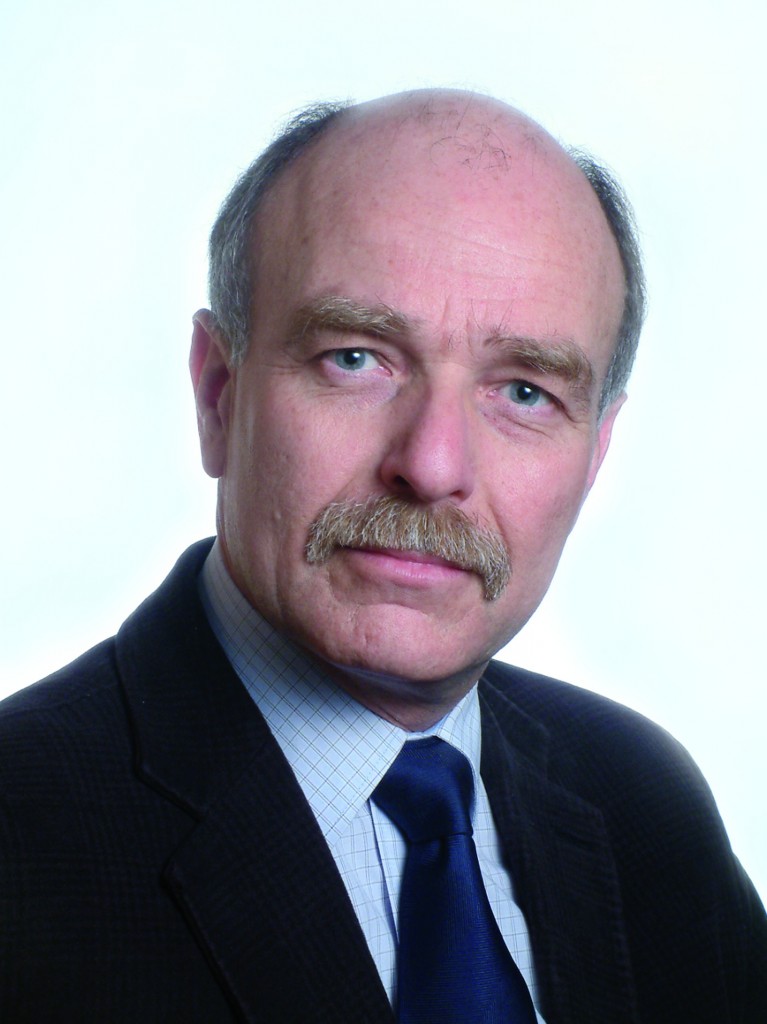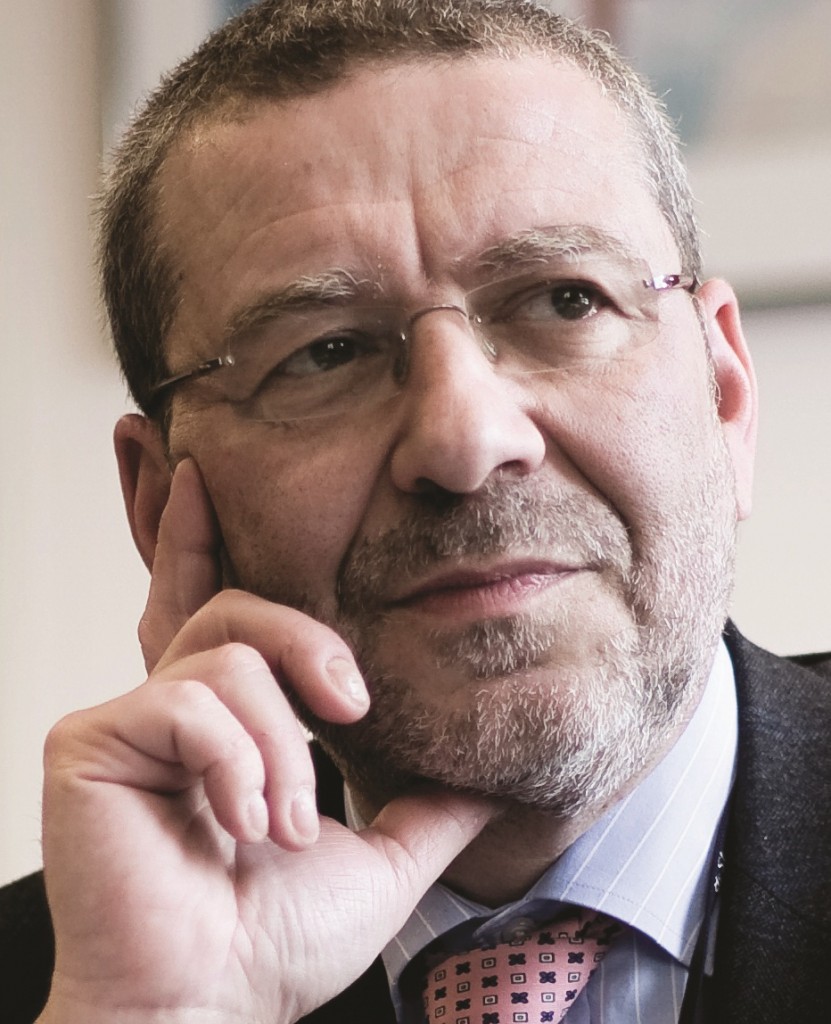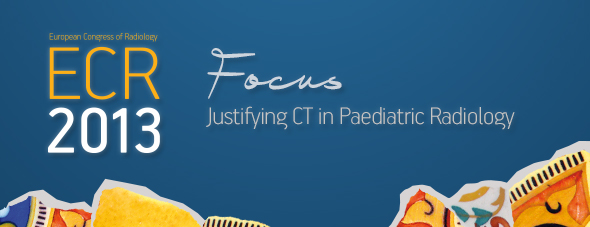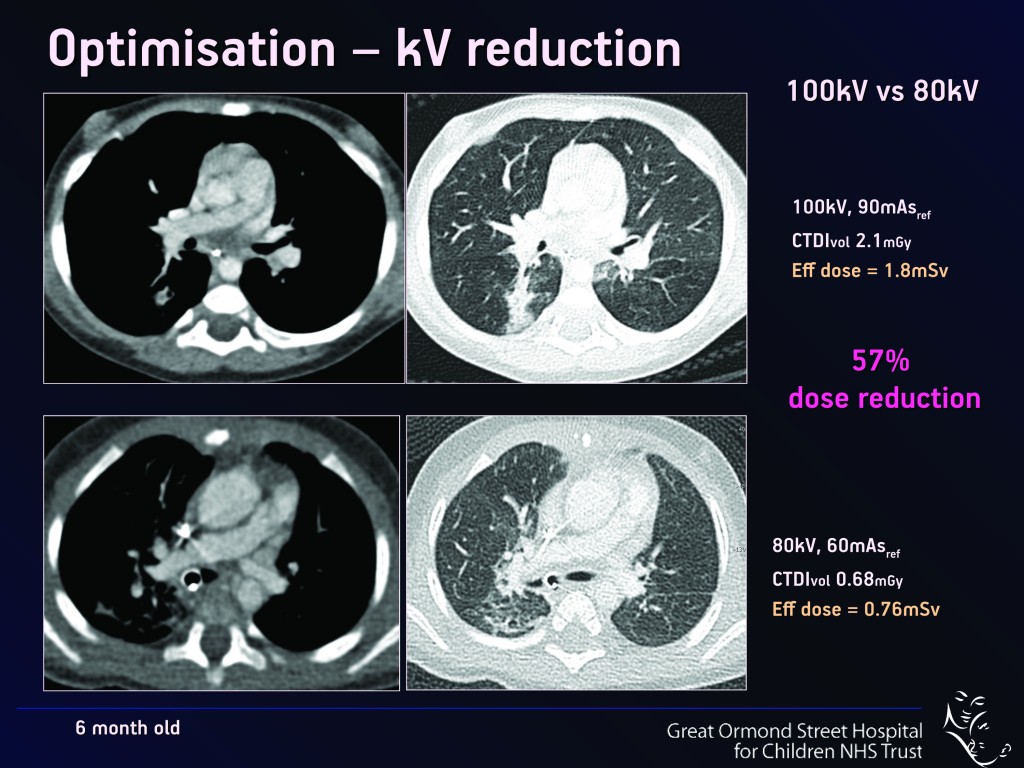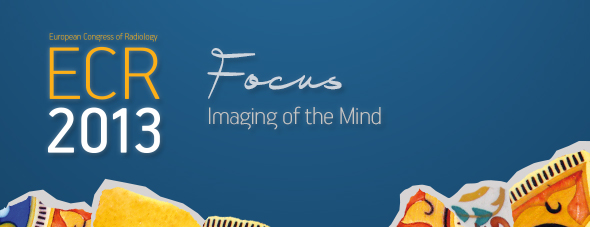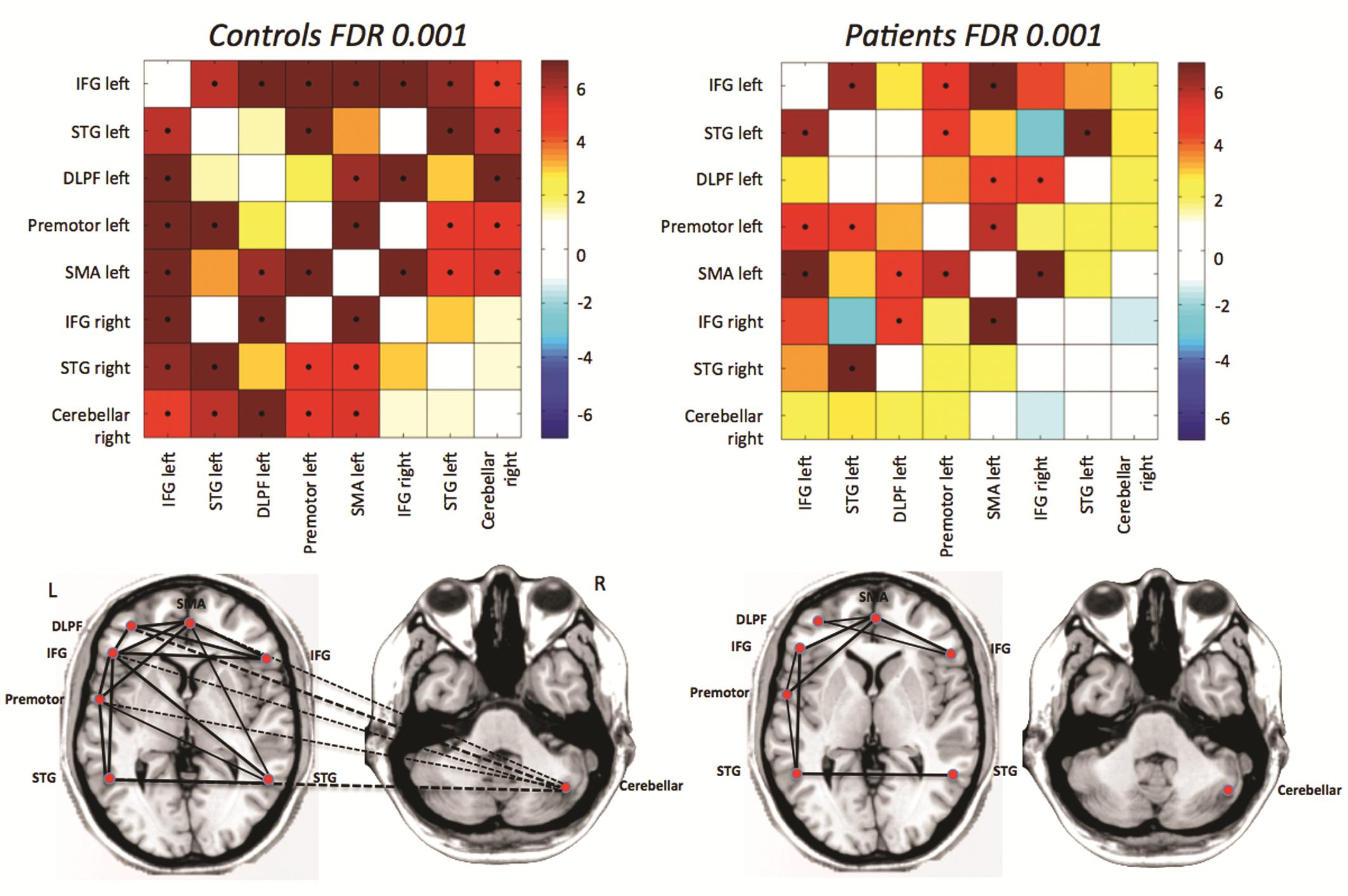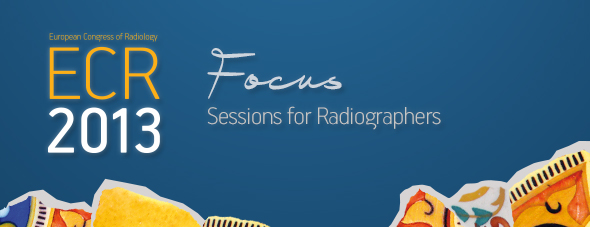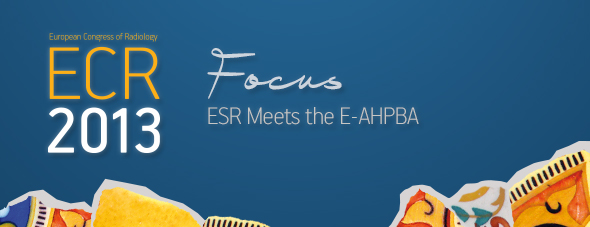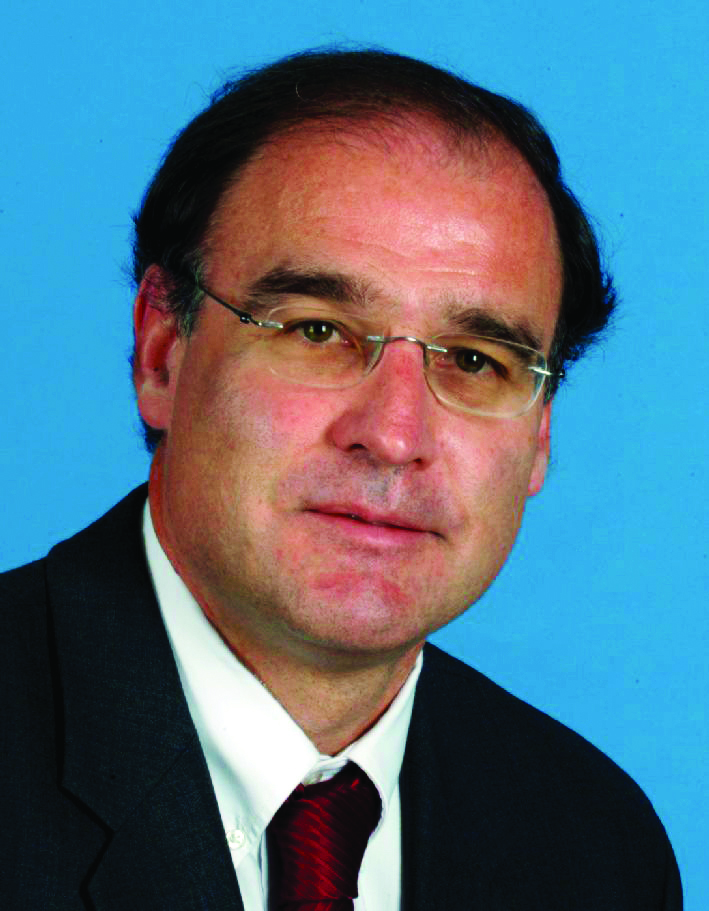Radiologists need more time and know-how to train doctors of tomorrow
Watch this session on ECR Live: Thursday, March 7, 16:00–17:30, Room F1
Postgraduate radiology training is high on the agenda in Europe, with a great deal of attention in recent years being given to the harmonisation of educational standards across the continent, but there is a growing feeling within the discipline that radiology should not lose sight of the equally important issue of undergraduate education. Exposing undergraduates to radiology not only serves the obvious and vital purpose of inspiring potential radiologists, but also ensures that students who go on to follow careers in other disciplines are well versed in what radiology can offer and how it operates. In broad terms, the net result is a combination of helping to secure the discipline’s future and making life easier for its practitioners.
However, making sure undergraduates are given sufficient contact with radiology is no easy task. The competing clinical, managerial and academic demands on radiologists’ time and skills, which increase with every year, mean that any additional activities run the risk of being excluded. The time and resources needed, not just to teach, but also to carry out the necessary preparation for effective teaching, can often make it impossible to fit in to an already hectic schedule.
